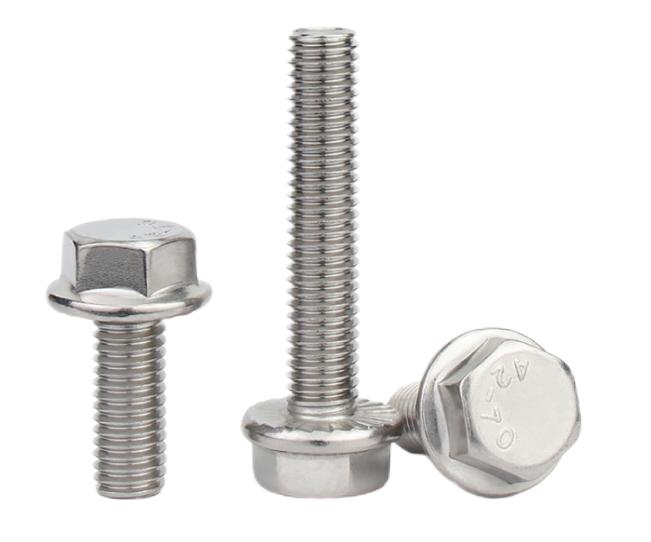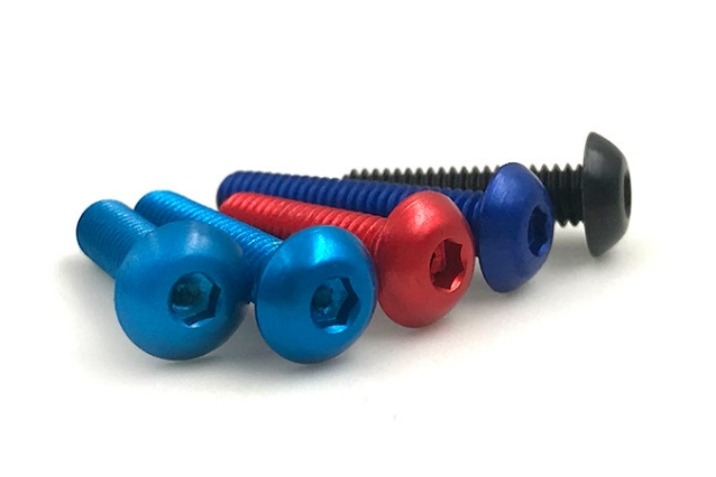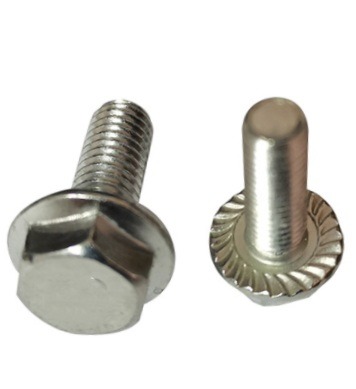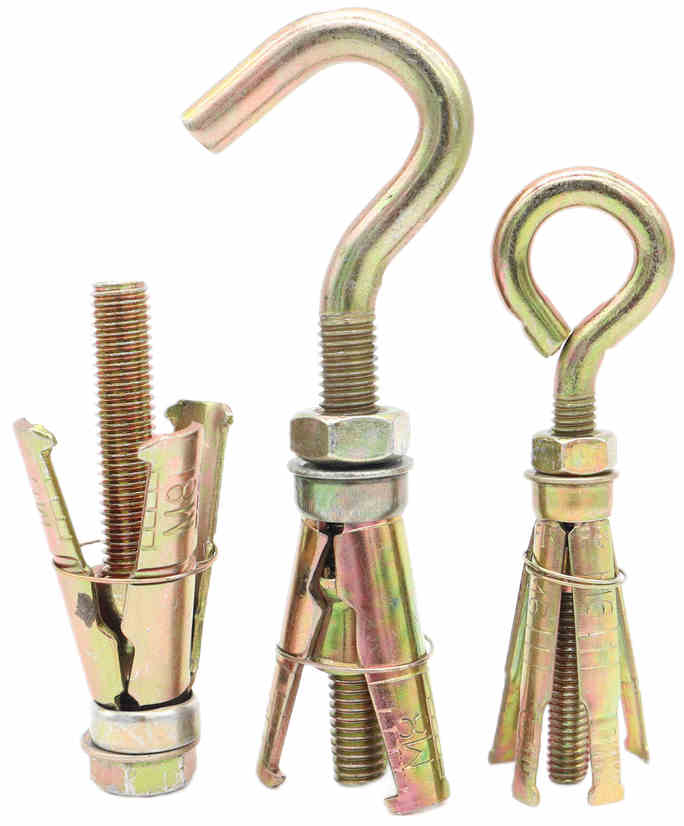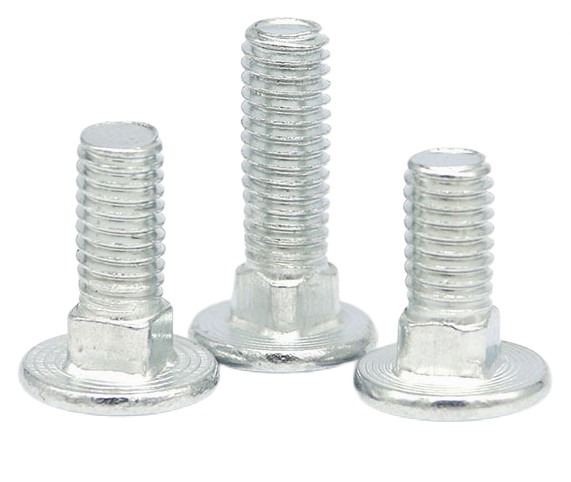What Are The Differences Among Cold Heading, Hot Heading And Warm Heading?
In the fastener forming processes, cold heading, hot heading and warm heading are the main processes, which are suitable for the production of bolts, screws, nuts and rivets. Here we introduce the differences which include advantages and disadvantages, comparisons of the three processes.
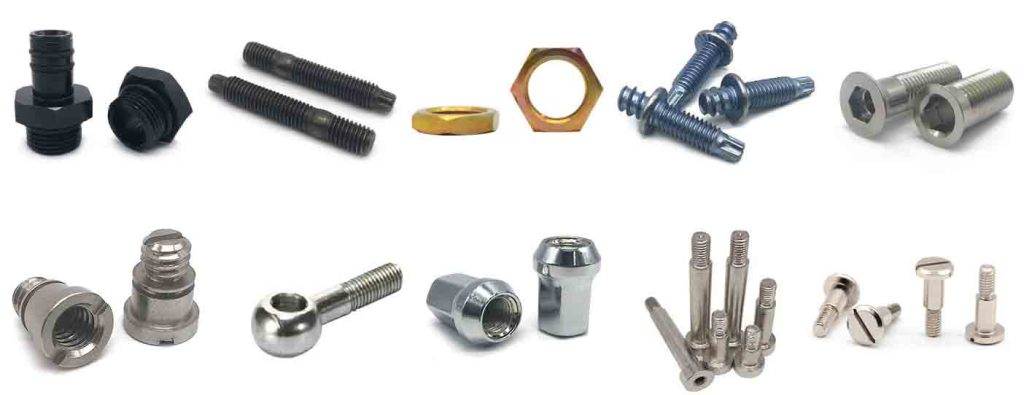
Cold Heading
Cold heading deforms the metal below its recrystallization point and is usually carried out at room temperature.
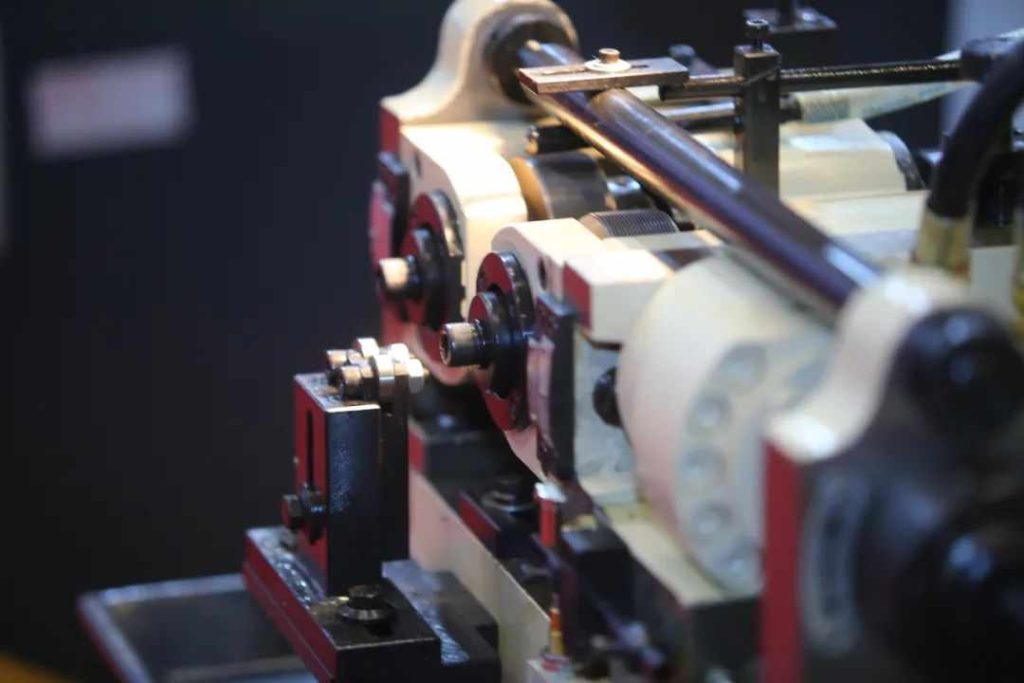
Advantages
Cold heading improves tensile strength and yield strength while reducing ductility. The most common metal used in cold heading applications is usually carbon steel or carbon alloy steel. It is usually a closed die process. It is usually cheaper than hot heading, and the final product requires little finishing. Due to the enhancement of metal strength by cold heading, sometimes lower grade materials can be used to produce parts that cannot be machined or hot headed.
Cold heading is also less susceptible to pollution and the final products have better overall surface finish.
Disadvantages
- The metal surface must be clean and free of oxide scale before forging
- Poor ductility of metal
- Residual stress may occur
- Requires heavier, larger equipment
- Need higher strength mold
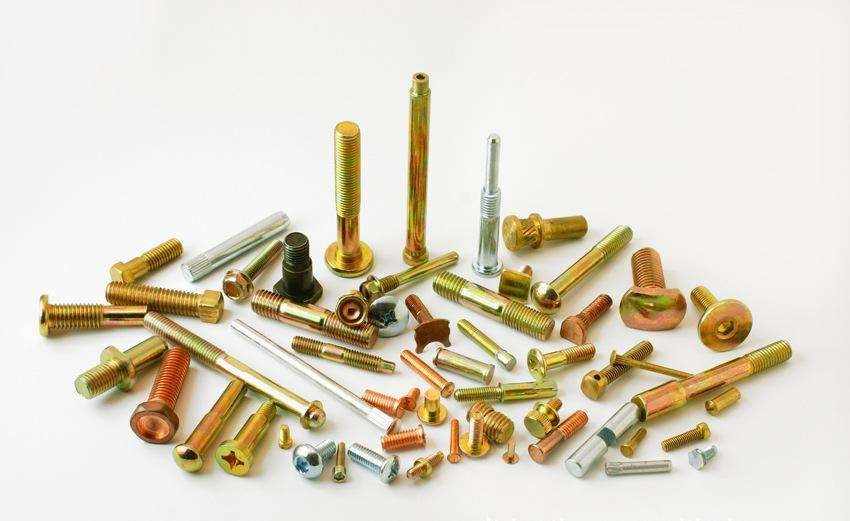
Hot Heading
During hot heading, the billet is heated to the temperature above the metal recrystallization point by induction heating or in the forging furnace or oven.
This extreme high temperature is necessary to avoid strain hardening of metals during deformation. Because the metal is in a plastic state, it can be made into quite complex shapes, retaining ductility and toughness.
The average forging temperature required for hot heading of different metals
Steel: 1150°C
Aluminum alloy: 360-520°C
Copper alloy: 700-800°C
In order to forge some metals, such as super alloy steel, a kind of hot heading called isothermal forging is adopted.
Advantages
Here, the die is heated to a temperature close to the billet to avoid surface cooling of the part during forging. Forging is sometimes carried out in a controlled atmosphere to minimize the formation of oxide scale.
Generally speaking, complex fastener parts are manufactured by hot heading, because it allows the material to deform in its plastic state and the metal is easier to process.
Factors to consider hot heading
- Production of complex parts
- Medium and low precision dimensions
- Low stress or low work hardening
- Uniform grain structure
- Increased ductility
Disadvantages
- Low precise tolerance
- Material may warp during cooling
- Changing metal grain structure
- Possible chemical reaction between surrounding atmosphere and metal
Warm Heading
Warm heading is carried out below the recrystallization temperature but above the room temperature, which overcomes the shortcomings of hot heading and cold heading and gains their advantages.
Advantages
Compared with hot heading, the tolerance can be controlled more accurately and less oxide scale formation. Compared with cold heading, the processing cost is lower, reducing work hardening and ductility is improved.
Comparison of Cold Heading, Hot Heading and Warm Heading
1. Although cold heading has many advantages, its large deformation resistance limits the size of parts.
2. Although hot heading can reduce the deformation resistance of materials, due to the problems of oxidation, decarburization and thermal expansion caused by heating, the dimensional accuracy and surface quality of products are reduced. Therefore, it generally requires extensive cutting process to be used as the final product.
3. Warm heading is to heat the blank to an appropriate temperature below the metal recrystallization temperature for extrusion. Due to metal heating, the deformation resistance of the blank is reduced, forming is easy. The tonnage of the press can be reduced and the life of the die is extended. However, it is different from hot heading because the possibility of oxidation and decarburization is small when heated in the relative low temperature range, and the mechanical properties of the product are not different from cold heading products. In particular, materials that are difficult to machine at room temperature, such as stainless steel, high carbon steel, some steels with high chromium content, may become machinable or easy to machine during warm heading.
4. Warm heading is not only suitable for difficult to machine materials with high deformation resistance, but also for low-carbon steel which also suitable for cold heading, because warm heading has the advantage of facilitating continuous production. During cold heading, it is generally required to conduct softening annealing in advance before processing, and annealing treatment is also required between each cold heading process. Passivation treatment shall be carried out before cold heading, which makes it difficult to organize continuous production. During warm heading, pre softening annealing and annealing between each process can be omitted, and surface treatment can also be omitted, which makes it possible to organize continuous production. At least, many auxiliary processes can be reduced.
5. Warm heading can adopt large deformation, so the number of processes can be reduced. The mould cost can also be greatly reduced, and the high price forging and pressing equipment with extremely high rigidity is not required. The general forging and pressing equipment can be used. Therefore, although the warm heading needs to heat the metal, the total processing cost is relatively cheap.
6. At present, the lubricant used for warm heading is not completely satisfactory. At the same time, there is also a lack of some actual data on processing, and there are still many technical problems to be solved.
Summary
This article analyzes the processes of cold heading, hot heading and warm heading, through the comparisons of the three processes, you can select the most appropriate forming methods used for fastener manufacturing process.

